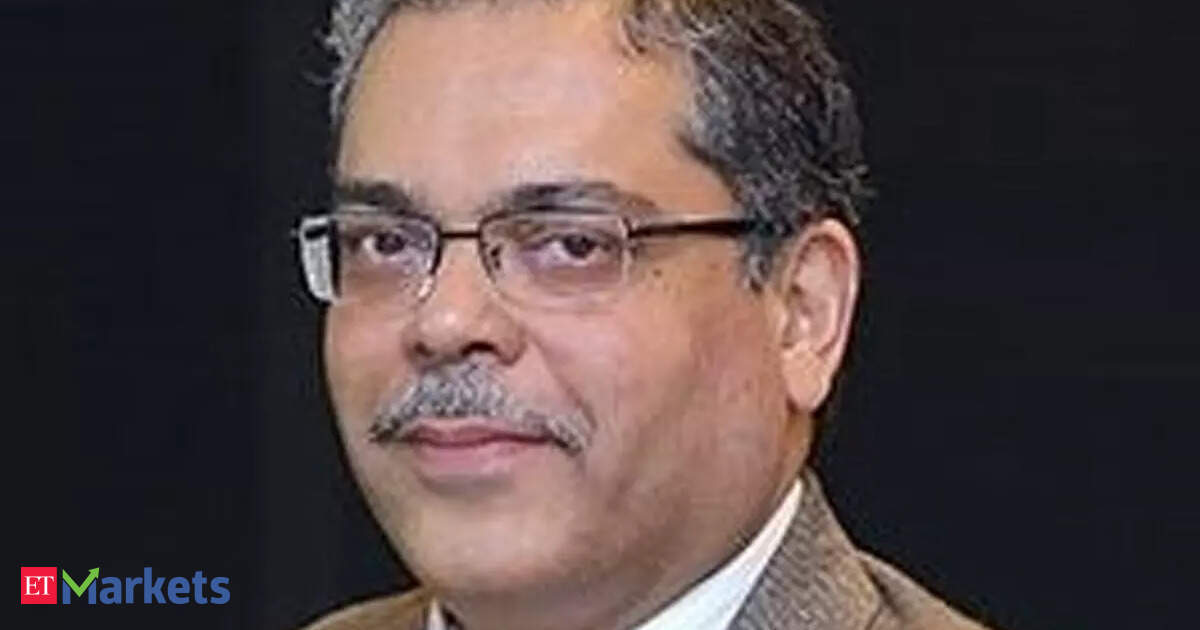Do you think the impact of all the GST announcements and the boost to consumption we have seen could extend as far as leisure, entertainment, and F&B?
Anand Tandon: Well, it could. But more likely, the reason is that better content is finally coming in, and people are beginning to return to movie halls. Revenues this quarter and in the coming quarters for companies like PVR will be significantly better than what we have seen earlier. Basically, this is an infrastructure play—you need strong content to drive footfalls. Most of the content last year was rather uninspiring. From that perspective, the outlook looks better than what we’ve seen so far.
While we are talking about consumption and discretionary spending, particularly the automobile space, the pharmaceutical, healthcare, and diagnostics basket has taken a breather. But from a longer-term perspective, it will definitely play the role of a defensive. What is your view on the long-term trajectory for pharma, healthcare, and diagnostics?
Anand Tandon: You’ve mentioned a wide range of sectors, so let me take them one at a time. Diagnostics continues to undergo consolidation. Much like in the hospital segment, where organised players are evolving into large corporate hospitals, diagnostics is also seeing consolidation. We will see labs coming together, especially since the government is likely to impose more stringent regulations around quality standards. That said, it remains a highly competitive space even today. Larger players will benefit from this consolidation and continue to do well.
Hospitals tell a similar story. Corporate hospitals are expanding both organically and through acquisitions, strengthening their presence in larger cities and now gradually moving into tier II cities. But for them to enter smaller cities, they typically need to set up at least a 400–500 bed hospital to make it viable. So, while hospitals remain an expensive play, healthcare as a whole still offers growth opportunities.
Pharma is more nuanced. Companies that are heavily dependent on the US market, like Dr. Reddy’s and Lupin, are facing some challenges. But those that are more diversified globally, or focused on India, have little reason to worry at this stage. The US remains the largest market for Indian pharma, but uncertainties persist there, so one needs to be cautious. Outside of the US, the rest of the market continues to grow steadily.
I’d also like your fundamental view on the textile sector. We’ve seen an upsurge in the sector on the back of recent news flow. How will the suspension of cotton import duties impact costs for textile players, and can we say this move is improving India’s competitiveness in global textile exports, especially in the current US tariff scenario?
Anand Tandon: The short answer is—it’s too little. Even if cotton accounts for, say, 50–70% of the total product cost, a 10% change in cotton prices only translates into a 5–6% change in overall product cost. But tariffs are significantly higher than that. More importantly, the gap between tariffs imposed on India versus competitors like Bangladesh and Vietnam is much wider.
So, from a delta perspective, is it better than it was two days ago? Yes. But will it make a big difference in exports? I don’t think so. What’s more likely is that the final stages of production will move to other countries, while most of the value addition will still happen in India. That may be the only way to remain competitive, though it’s not great news for the economy overall.
Margins in textiles are already thin, and now, with signs of consumer fatigue in the US—where inflation remains higher than expected and rate cuts seem less imminent—demand could weaken. Rising inflation, slowing consumption, and India’s tariff disadvantage are not good news for the textile sector, despite today’s move on cotton.

